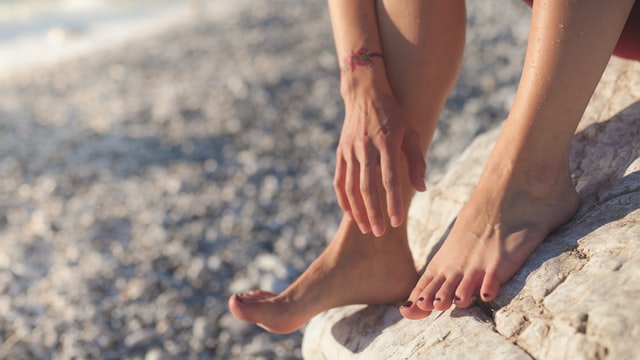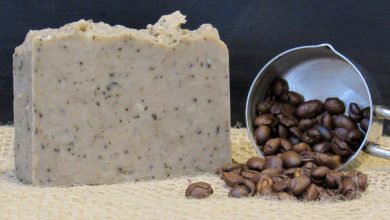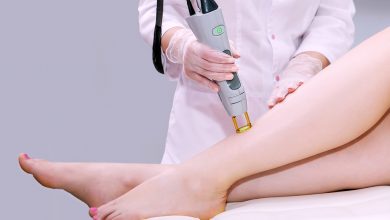Crucial information about foot pain and how to cure it

Foot pain is a common condition that can interfere with your daily activities. It can affect your mobility and cause difficulty with walking, standing, and even sleeping.
Foot pain can be caused by many different reasons. For example, it can be caused by overuse, injury, or medical conditions such as arthritis or gout.
Fortunately, there are steps you can take to treat and prevent foot pain.
What causes chronic foot pain?
There are many different causes of chronic foot pain. You may have this kind of pain because your footwear doesn’t fit well, you wear high heels regularly, or you’re carrying extra weight. Other possible reasons for this kind of ache include an injury caused by overuse, arthritis, and diabetes. Repetitive motion and occupations that involve standing a lot can also lead to this problem. You may also suffer from flat feet or high arches, which can cause pain in the arch and heel. Stress fractures can also cause foot discomfort.
Arch pain
Arch pain is a common foot condition that affects the bottom of your foot, where the arch is located. It’s often caused by an inflammation or strain of the plantar fascia, a ligament that extends along the bottom of your foot. This can lead to stabbing pains in your heel and arch. Arch pain is usually seen in athletes, but it can happen to anyone, whether you have flat feet or high arches.
There are several ways to treat arch pain without ever having to see a doctor:
If you’re dealing with milder cases of arch pain, stretching exercises can help relieve some of the discomforts. There are many different kinds of stretches you can do at home, such as rolling out your toes on a tennis ball while seated or placing your heels on top of a book and trying to raise yourself up on your toes. These exercises stretch out your calf muscles and plantar fascia ligament, relieving stress on them.
Stretching may also help if you have tight calf muscles that could be contributing to your arch pain. You can sit with one leg extended straight out while leaning forward onto it until you feel the tension in the back of your leg; then hold for 30 seconds before repeating with the other legs. You should also try regularly rolling out each foot using a tennis ball or foam roller for added relief from tightness and inflammation in this area.
Heel pain
There are many different kinds of foot pain, but the most common variety is heel pain. Typically, this is either plantar fasciitis or calcaneal apophysitis. Both of these conditions have similar causes and symptoms.
Heel pain can be caused by several things: excessive weight on the foot, long-term stress on the foot, a torn, inflamed, or ruptured tendon, and poorly fitting shoes (usually too tight or too loose).
Those with fallen arches or flat feet are also prone to heel pain as their feet overcompensate for the lack of arch support by rolling inward when they walk. This puts additional strain on the tendons and ligaments in your feet which leads to inflammation and swelling. In severe cases, it can tear or rupture them entirely.
Ball of foot pain
If you’ve ever injured your foot and experienced ball of foot pain, you’re not alone. Ball of foot pain is quite common, but luckily, it can be cured with a little understanding.
The ball of your foot is the part of your sole just behind and below your toes. It includes three joints — the big toe joint and two smaller joints that connect the long bones in each toe to the metatarsal bones (which are behind them). If you have a ball of foot pain, it may be because an injury or one or more conditions has inflamed these joints or damaged nerves in that area. Common causes include:
- overuse from walking and running
- overuse from footwear such as high heels that put excess pressure on the front of the feet
- excess weight or obesity
- ill-fitting shoes that cause calluses or bunions (bony growths at the base of your big toe) to form on top or sides of your toe joints
- foot injuries caused by dropping something heavy onto your foot
Treating chronic foot pain
- Rest and ice your foot
- Take painkillers like acetaminophen, ibuprofen, or aspirin
- Use a support like a brace, shoe insert, or splint to support your foot
- Do exercises to strengthen the muscles in your foot and ankle (consider hiring a physical therapist)
- Get surgery if the problem is serious enough
- Make an appointment with a physical therapist if at all possible
- Visit the podiatrist – sports focus podiatry deals with the foot problems that occur to people who play sports. It is a sub-specialty of podiatry that deals with the problems related to foot and ankle. Most sports injuries are related to various factors such as running, jumping, kicking, and sudden changes in speed or direction of motion while playing.
Chronic foot pain can negatively impact your life, but it is usually preventable
Chronic foot pain can put a major damper on your day-to-day enjoyment of life. If you’re experiencing constant foot pain, you know it can make it difficult to perform everyday tasks. It can even impact work, family, and social obligations if it’s bad enough. Physical pain is also linked to depression and anxiety, meaning that your mental health may be taking a toll as well.
It’s important to note that the majority of foot pain is preventable and treatable. In most cases, foot pain is no more than an inconvenience—one you should speak to your doctor about if you experience it regularly.
How to ease foot pain at home
You should always try to ease your pain at home first. The steps you can take include:
Rest your feet. If you experience foot pain, rest is the first thing you should do. It’s important to stay off your feet until the pain goes away or is less severe. Put weight on your affected foot only as needed to perform daily activities like walking or getting dressed. Keep in mind that exercise and other physical activities can put stress on your feet, so they could make any existing foot conditions worse.
Massage the area of pain with warm water after a long day of standing or activity. This will increase blood flow to the area and help relieve the soreness felt from standing for long periods of time or over-activity in that area!
Ice the area for up to 20 minutes several times a day – especially right after you notice new symptoms pop up (like when you remove your shoes after a long day). You can also take ibuprofen or naproxen temporarily to relieve pain and inflammation if needed, but don’t rely on it long-term since these are blood thinners that can lead to gastrointestinal issues like nausea, vomiting, and ulcers if used for prolonged periods of time without physician supervision.
A lot of people ignore their feet, but they are one of the most important parts of your body! Take care of your feet on time!





